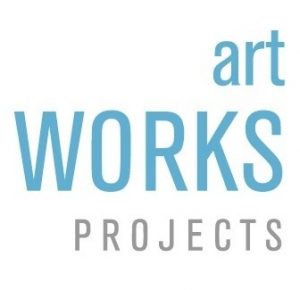
Research shows that incarceration does not work and the consequences are lifelong stains on a juvenile’s record, said advocates and participates of a panel for journalists and journalism students at Columbia College Chicago, April 17.
Many advocate organizations and public figures expressed their concerns about youth incarceration and the amount of money and resources that need to be redirected.
“More money is being pumped into incarcerating youth instead of rehabilitation programs,” said Elena Quintana, executive director of the Institute on Public Safety & Social Justice. “We need to reinvest and spend to connect people back into the community.”
Public safety is a direct link to community.
“Many communities are resource poor, which creates disconnect between youth and opportunity,” said Quintana.
In 2012, CNN Money reported, from information from the US Census Bureau, Illinois spent almost $40,000 on keeping an individual inmate imprisoned, while only $10,000 was spent to educate an elementary school student.
“They are putting millions of dollar in, but getting nothing from it,” said Charles Perry, director of community organizing at Westside Health Authority.
Perry went on to talk about the ineffectiveness of throwing youth in jail and how they aren’t getting educated once they get out.
Many of the organizations involved in the conference adhere to rehabilitating minors and assist in making opportunities available for troubled youth while on probation or leaving prison.
“We need to be educating decision makers so that about four million people in Illinois have the opportunity to reclaim their lives,” said Anthony Lowery, director of Policy & Advocacy for Safer Foundation.
Organizations like Heartland Alliance and Illinois Balanced and Restorative Justice are making those resources available.
“We have found that creating that safe haven for schools and making it available for kids to work through their everyday problems is very beneficial,” said Jennifer Valles, associate director of Heartland Alliance.






Be First to Comment